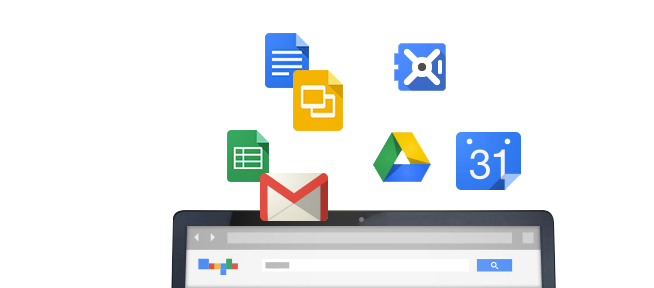What is NTFS?
A New Technology Filing System (NTFS) is the technology process that OS’s use (specifically Windows) to store, organize, and access files on local hard drives efficiently. It has long been the standard in Windows computing, and is highly regarded for its reliability, security, and use of disk space (among other benefits).
NTFS Vs. Cloud Storage
Despite many advantages in computing, NTFS has some drawbacks. As the world and our technology grow, some of these constraints become more limiting. First and foremost, NTFS is used almost exclusively with Windows OS. Your Chrome Books, Apple products, and other non-Windows devices will only be able to access NTFS files in read-only. If your organization uses a variety of devices and OS, then relying on NTFS can limit your abilities quickly. Another constraint is waterfall permissions, which is where things can get messy. The permissions you apply to a folder and all of its subfolders might not translate to a different OS, making finding and editing files a hassle cross-platform. Luckily, Umzuzu has a fix for this!
Egnyte leverages NTFS-like sharing
If you find waterfall permissions does not meet your needs, drop us a note and we’ll get you going with a free trial of Egnyte. You can also leverage Storage Sync! Storage Sync is Egnyte’s hybrid file-sharing and collaboration technology. With Egnyte Storage Sync, files on any local storage device (direct-attached, NAS, or SAN) can be synced with Egnyte Cloud, thereby enabling users to store, share, and access files seamlessly across storage systems and the cloud. Your data is encrypted at the storage level on Egnyte cloud servers and while in transit. You can leverage the exact sharing models you use today. File changes sync automatically across your organization, ensuring internal and external teams always have access to the latest versions, regardless of their location.



